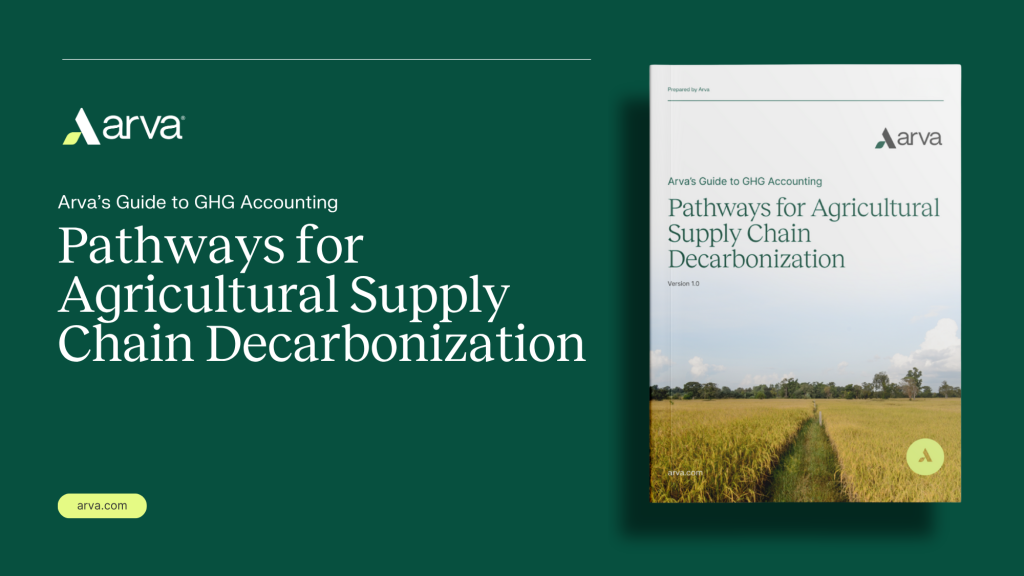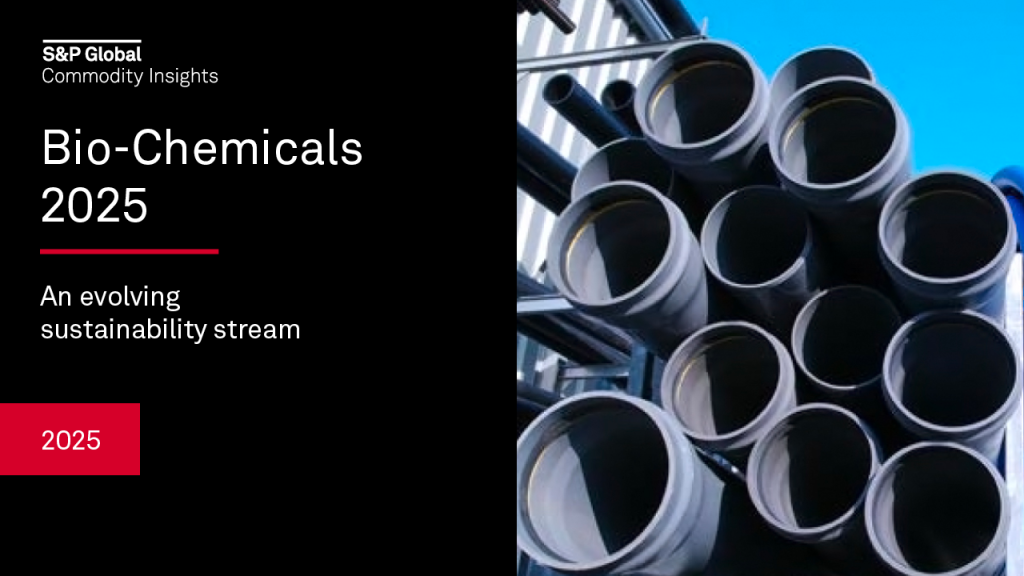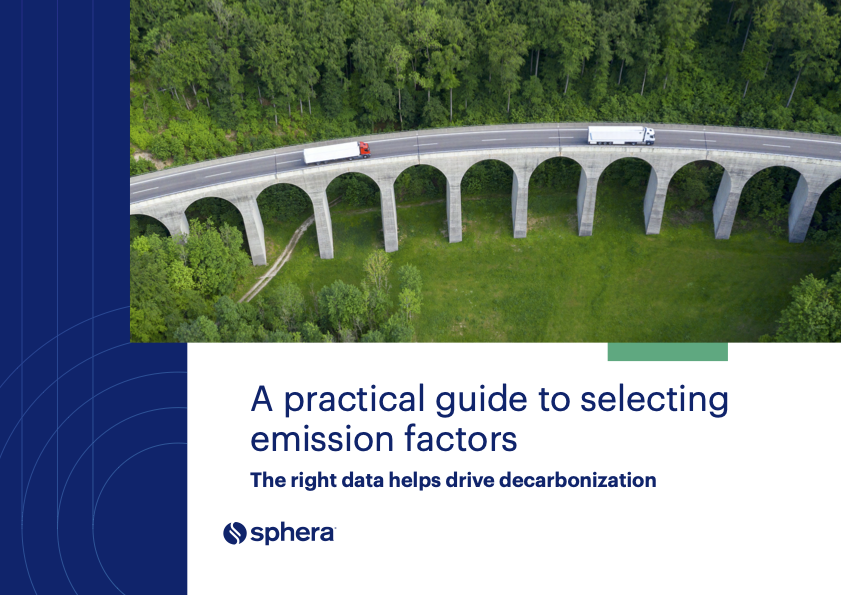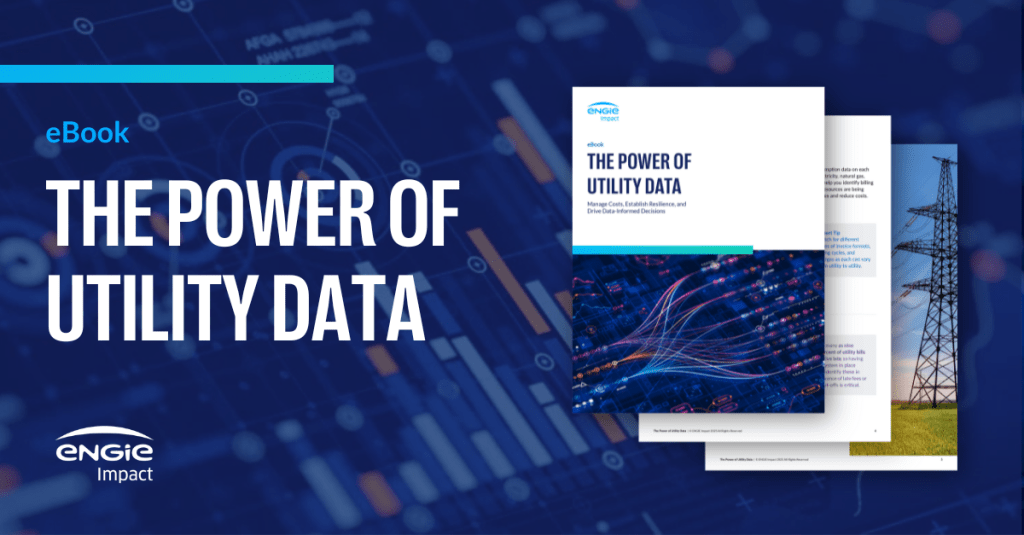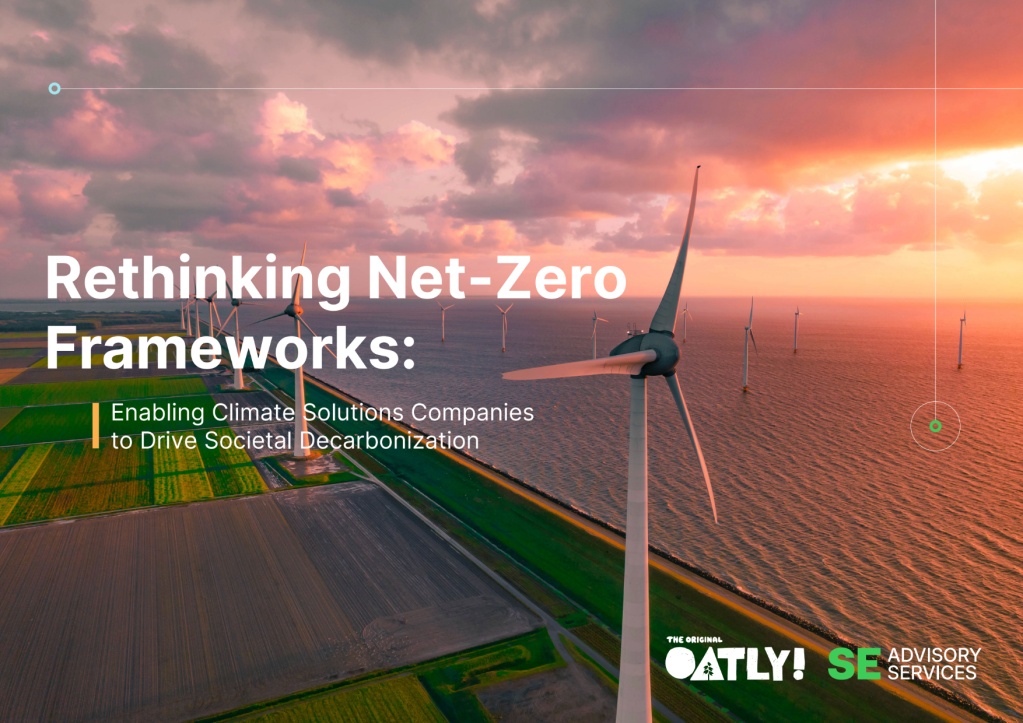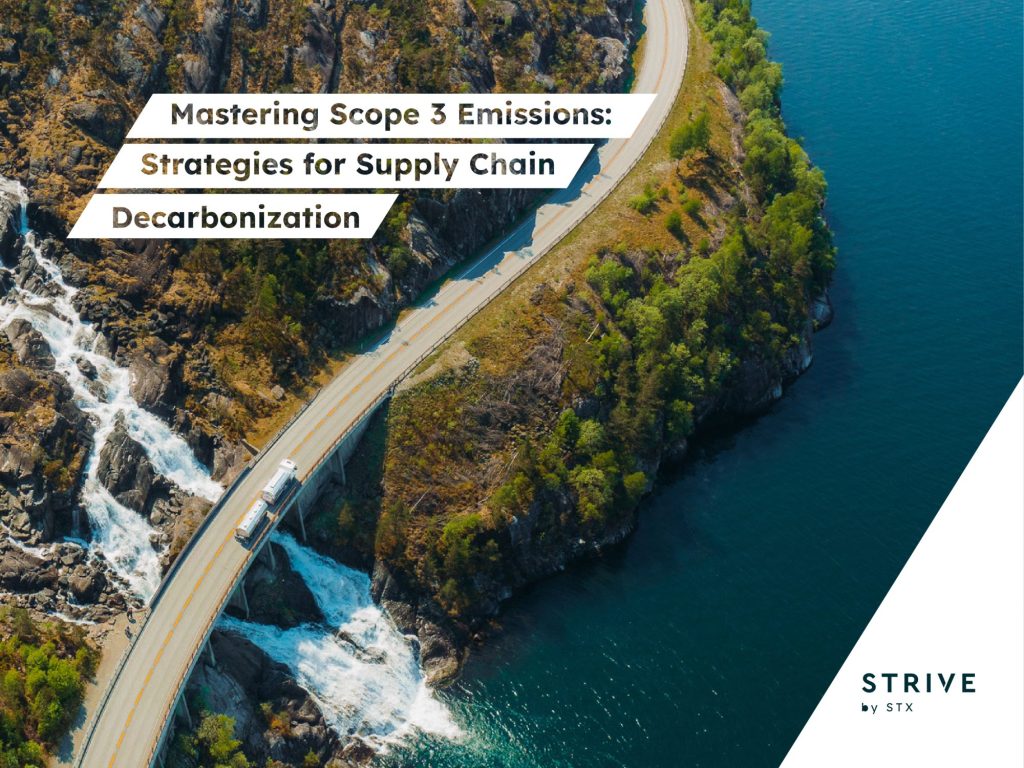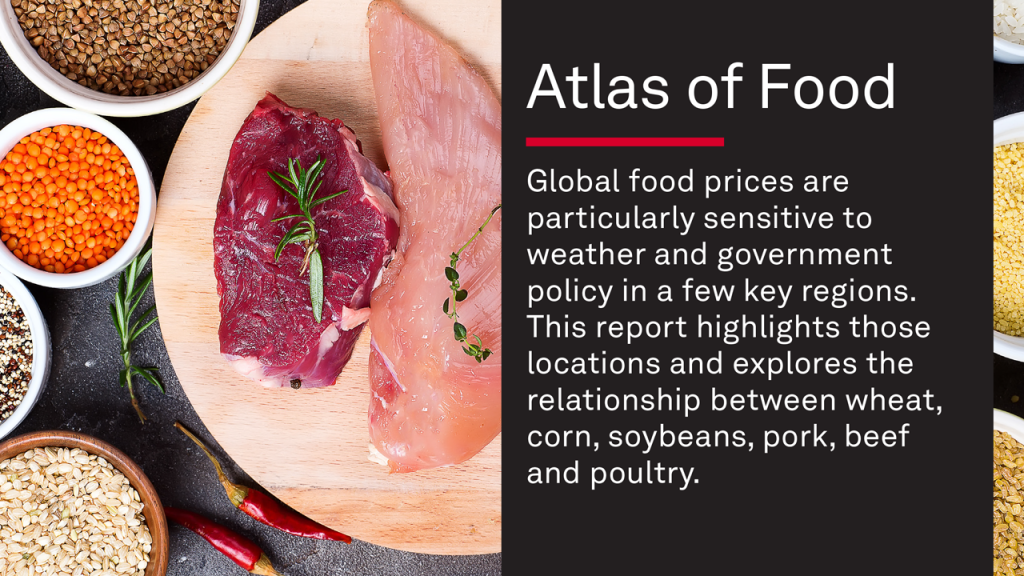This obscure UN rule will help shape the future of carbon markets
At stake: what counts as "high-integrity" in the voluntary carbon market. Read More

- Article 6.4 of the Paris Agreement likely will heavily influence expectations on what counts as “high integrity” in the voluntary carbon markets.
- If the article limits carbon credits from natural climate solutions, it could cut off investment in nature-based projects and programs because they don’t have a UN stamp of approval.
- Instead, the rule could adjust the way it approaches durability and reversal risk, baselines and leakage to not exclude natural climate solutions.
The opinions expressed here by Trellis expert contributors are their own, not those of Trellis.
When I joined the nature and climate movement nearly 15 years ago, I never imagined how much time I’d spend decoding international carbon rules. But here we are: buried deep in a United Nations negotiation that will help determine how companies access carbon credits — and how the broader market evolves.
That negotiation is on Article 6.4 of the Paris Agreement — a new, centralized crediting mechanism known as the Paris Agreement Crediting Mechanism — that will establish a U.N.-supervised carbon market system to enable countries and private entities to trade high-integrity emissions reductions and removals.
While it might seem arcane, this mechanism will directly affect the integrity, availability and financial viability of nature-based carbon credits — not just under the Paris Agreement, but across other voluntary and compliance carbon markets, which currently mobilize more than $100 billion in carbon revenue annually.
The stakes
Article 6.4 is often described as the successor to the Clean Development Mechanism, which was developed under the 1997 Kyoto Protocol and established rules for how carbon credits within the program should be calculated. But unlike its predecessor, Article 6.4 is being designed in a world where sophisticated carbon markets already exist and where expectations around quality and integrity are rapidly rising. For example, global initiatives such as the Integrity Council for the Voluntary Carbon Market and the Voluntary Carbon Market Integrity initiative are working to establish a consistent integrity framework around the quality and use of credits.
The supervisory body tasked with “operationalizing” Article 6.4 is now developing key standards that will define which types of methodologies and projects qualify and how risks are managed. In an effort to ensure that Paris mechanism credits are high integrity, this body is currently writing rules that could either enable or disable natural climate solutions — which protect, restore and sustainably manage ecosystems — at the very moment when we most need them. The decisions that are cemented in the final text will have long-term implications for our ability to meet the Paris Agreement.
Moreover, these decisions won’t just apply to 6.4. The ripple effect is already underway because these crediting rules (which should be finalized by October) are already setting expectations for what counts as “high-integrity” in the voluntary carbon market and other compliance markets.
France, for example, recently released a charter to scale corporate carbon credit investment, supporting credits aligned with Article 6.4, before actually knowing where the rules will end up. India has also signaled it will use Article 6.4 eligible methodologies for its domestic compliance market. And the EU’s Task Force for International Carbon Pricing and Markets Diplomacy is working to promote integrity in the voluntary carbon market aligned with Article 6.4 standards.
Why businesses should pay attention
If Article 6.4 rules limit carbon credits from natural solutions, such as restoring mangroves or reducing fertilizer use to increase soil carbon, these decisions could filter into other markets, further cutting off investment in nature-based projects and programs because they don’t have a U.N. stamp of approval. With potentially billions of dollars of investment at stake, we risk losing out on high impact opportunities for climate mitigation, biodiversity benefits and sustainable economic development.
This would be a very bad outcome because there is absolutely no reason that natural climate solutions can’t meet the highest integrity standards. In fact, the science is clear: the bigger risk to our global climate goals is the risk of failing to invest in these efforts.
To explain what I mean, here are a few areas are of particular concern from a nature-based point of view:
Durability and reversal risk: The risk of reversal — that carbon stored in the natural ecosystem will be re-released into the atmosphere — is a key issue for credits from natural solutions. But current Article 6.4 proposals to require indefinite post-crediting monitoring are unrealistic, and risk excluding nature from the system altogether. While this signals the need to address the risk that reversals may take place after the project’s lifespan, it is an extreme and impractical measure that would divert urgently needed climate finance away from land use solutions during this critical period for keeping our global goal of limiting warming to well below 2 degrees Celsius in reach.
More practical and efficient approaches already exist and could be developed in the future — such as buffer pools that absorb the impact of unintentional reversals, insurance mechanisms that transfer financial risk and trust funds that can provide long-term resources for monitoring and remediation — to effectively manage non-permanence risk while keeping high-quality nature-based credits in the market.
Baselines: Article 6.4’s proposal to automatically adjust crediting baselines downward — which determines the amount of carbon removal achieved by a project — starts with a 10 percent cut below business-as-usual emissions and then ratchets down annually. This is intended to ensure conservativeness to avoid overcrediting.
This proposal is well-intentioned, but the actual implementation is arbitrary and not based upon real-world observation. It could unnecessarily constrain supply from forests and land-use projects, regardless of actual performance or context. A better approach is to guide baseline adjustments with transparent, empirical methods that evolve with the science and reflect real-world dynamics.
Leakage: Emissions reductions in one area that cause increases elsewhere are a critical topic that warrants deeper exploration and better modeling. Article 6.4’s current approach, which expects developers to quantify and mitigate all potential leakage, is unrealistic because it places too much onus on individual project developers to undertake highly complex modeling that they are likely ill-equipped to perform.
A more constructive path is to encourage continued scientific work on models that can estimate standardized global, default leakage deductions across project types and locations.
Implications for carbon markets
All of this matters to corporate sustainability professionals because as carbon markets mature, they’re also converging. Companies using voluntary credits today may soon find themselves operating under regulated disclosure regimes, national offset programs or hybrid markets that borrow heavily from U.N. frameworks.
Article 6.4 is likely to heavily influence expectations as to what counts as “high-integrity.” If its decisions have the effect of excluding natural climate solutions, it would push corporate actors toward a narrower, less diverse set of options. That would undermine efforts to build credible net-zero strategies and stall progress on climate, biodiversity and equity goals alike.

Subscribe to Trellis Briefing
Featured Reports

